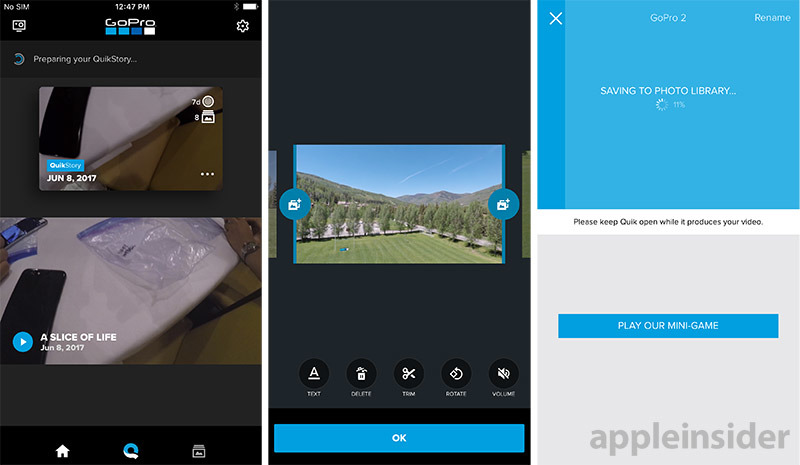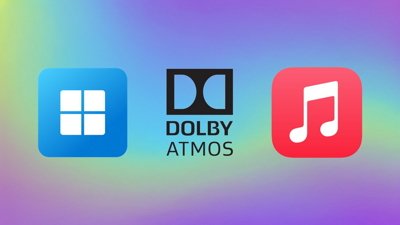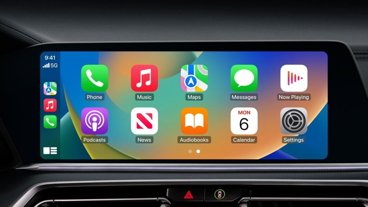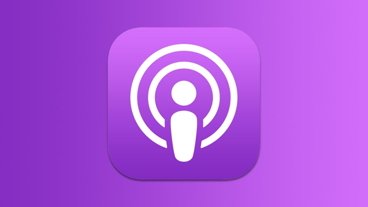GoPro wants to automate the process of offloading, editing and creating videos on mobile devices from footage captured by its Hero 5 action camera, and QuikStories is its answer. AppleInsider got a sneak peek at the forthcoming software at the GoPro Mountain Games in Vail, Colo., this week.
Still in closed beta limited to employees, QuikStories represents GoPro's renewed interest in software development that began in earnest with the purchase of mobile editing apps Replay (since rebranded as Quik) and Splice early last year, acquisitions that cost the company a collective $105 million. GoPro has been building on those assets to bring its action cameras in closer alignment with mobile devices like iPhone, an effort that has culminated in QuikStories.
"This is going to realign GoPro with the smartphone movement — the smartphone era — and align GoPro with the convenience bar that's been established by the smartphone, and make it just as easy as using your smartphone to capture experiences that you only can with a GoPro," said Nick Woodman, founder and CEO of GoPro.
When the first digital Hero camera launched, the contemporary editing workflow consisted of offloading and cutting together content using GoPro's dedicated desktop software. With the proliferation of smartphones, consumers have become inured to performing everything from ingest to complex final editing on devices that are with them 24 hours a day.
Recognizing user trends — a strong point for the company thanks to its robust community — GoPro took steps to integrate image offloading and basic clip editing functionality into its official iOS app, a feature set that expanded with the launch of Capture last year. Still, Hero owners have to manually copy over footage from their camera's SD card and ferry them over to apps like Quik.
Other hardware makers have wrestled with similar issues, but GoPro is a special case. The Hero camera lineup is designed to capture short-form content like video clips and burst and time-lapse photos, leaving mountains of data to sift through when exporting to iOS. From there, users have to select which clips are worth keeping, then stitch them together using a mobile editing app.
GoPro addressed editing pain points with Quik, which offers a largely automated process with built-in templates, transitions and options for setting video clips to music. Even with Quik, copying over content is cumbersome and for some means video shot on Hero will end up living there indefinitely.
Enter QuikStories.
In its beta form, the new software resides in part in a GoPro app similar in form and function to Capture. QuikStories is not a standalone app, but rather a backend system integrated into the company's existing titles. When it sees release, the software will sit at the top of GoPro's editing workflow pyramid.
Swiping down on a dedicated QuikStories page in the GoPro app triggers a scan of Wi-Fi connected Hero 5 cameras for new footage that is subsequently copied over and collated for automated editing in Quik. Image data from other apps, like Apple's own Live Photos, can also be incorporated into a QuikStory.
Specialized machine learning algorithms look for interesting highlights as they parse through videos, photos, bursts and other content shot within two-hour blocks called clusters. Like the original Quik, QuikStories synchronizes transitions, scene cuts and action shots to a music bed, leaving users with a polished product. All processing is accomplished on-device.
The process is flexible, allowing users the opportunity to make additional edits if they aren't satisfied with the produced QuikStory. For example, users can delete clips from a QuikStory timeline, force clips to be displayed in their entirety, manually trim and rearrange footage and more. Alternatively, a QuikStory can be saved and shared immediately. QuikStories that are not saved are stored for seven days before being deleted.
With support for background processing, the feature is completely transparent to the end user. For GoPro, the goal was to create a hands-off video production solution that enables access to footage that might otherwise go unused. As Woodman notes, the software also serves to surface footage users might have forgotten about.
In our tests, we shot a couple kayak runs down Gore Creek and a short bike ride to the Karma drone demo park at the Vail Athletic Fields. Opening the GoPro app and swiping down in QuikStories triggered the offload process of more than 15 separate clips, along with a handful of photo bursts, and we were presented with a complete video by the time we got back for lunch in Vail village proper.
Depending on the length of shot videos, QuikStories can be generated in a matter of minutes.
An unedited copy of the generated QuikStory is embedded below:
Beta or no, we came away impressed with the results. The machine learning algorithms are surprisingly effective at distinguishing what footage to include and how to present it. There were a few minor blips, for example the software thought a static shot showing a wall for ten seconds was interesting content, but on the whole QuikStories delivers on GoPro's promise.
Perhaps most importantly, QuikStories streamlines the download process, allowing users to offload footage from a Hero 5 to their smartphone with a simple swipe. Looking ahead, GoPro says it is looking into persistent Wi-Fi polling for a truly automated experience.
GoPro says QuikStories will launch late this summer, just in time for the Fusion spherical camera which is due for limited release by the end of 2017.
 Mikey Campbell
Mikey Campbell









 Andrew Orr
Andrew Orr
 Amber Neely
Amber Neely
 Marko Zivkovic
Marko Zivkovic
 William Gallagher and Mike Wuerthele
William Gallagher and Mike Wuerthele



 Mike Wuerthele
Mike Wuerthele








There are no Comments Here, Yet
Be "First!" to Reply on Our Forums ->